Next EV target: Mazdas and Corollas
As the momentum builds up and buyers look for affordable electric cars, the market is looking for the equivalent of Mazdas and Corollas in the sector.
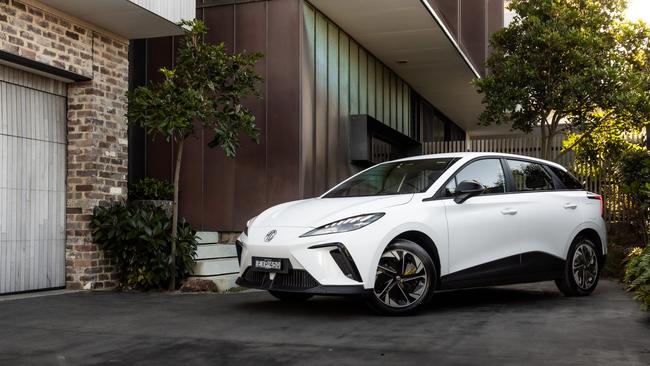
In 2018, Australians bought four times more Porsches than they did electric vehicles, but things have swung around dramatically in the past five years.
Midway through this year, an EV was the top-selling passenger car and another was the top-selling SUV in the country, while Tesla had shot past Honda, Volkswagen, Nissan and Isuzu in the outright sales race.
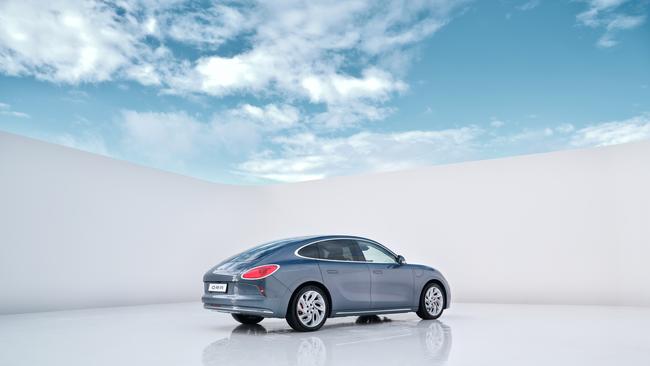
Electric vehicles also outsold hybrids and in July, more than one in four new mid-sized SUVs purchased in Australia was powered solely by electricity.
Considering medium SUVs are the family heartland – and the single biggest segment of the Australian new car market – it’s an indication that EVs are being taken seriously by a diverse range of early adopters as an alternative to vehicles powered by fossil fuels.
It’s also a remarkable turnaround from a minuscule base – and something that reaffirms the appetite for electric vehicles in a country that still has a heck of a long way to go with charging infrastructure.
“Australians now know the future of driving is electric and there’s growing enthusiasm for of all the benefits that will deliver,” says Behyad Jafari, chief executive of the EV Council.
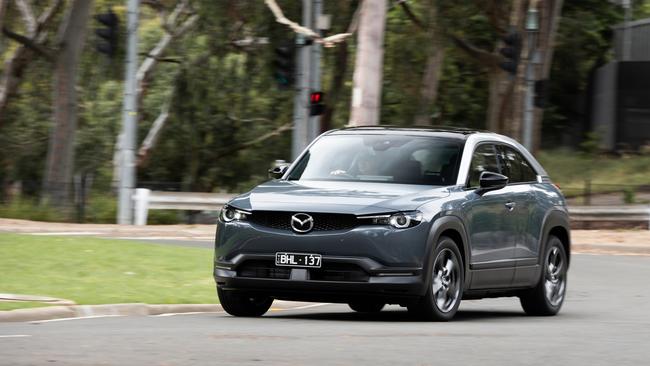
More than anything, the boom in EV sales is an indication that if the product is right, Australians will go for it. And increasingly, it’s newcomer brands that dominate.
Tesla and BYD accounted for almost three-quarters of the EVs sold here in the first half of 2023.
Pricing is crucial. BYD has one of the most affordable electric cars on the market and Tesla recently introduced multiple price reductions.
Throw in state and federal government incentives – including an FBT exemption that can make it cheaper to lease a Tesla than a Toyota Camry – and there’s no shortage of EV momentum.
The second half of 2023 looks set build on that, because there are three five-door hatchback newcomers – either in dealerships now or soon to arrive – that have budget pricing as a marketing headline.
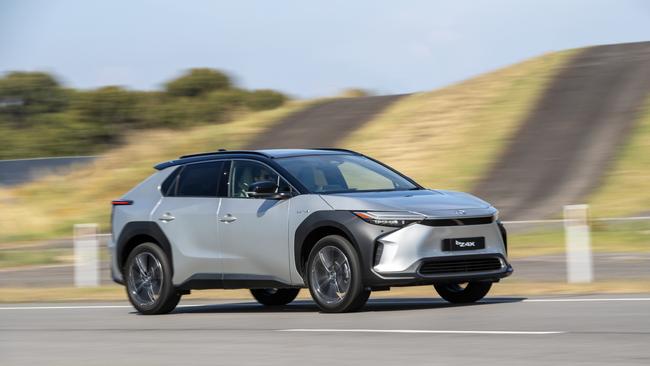
The MG4, GWM Ora and BYD Dolphin each sells for close to $40,000. And each looks poised to tease some buyers away from the Toyota Corollas, Mazda3s, Hyundai i30s and Kia Ceratos that have undergone recent price rises in a market segment that is ceding buyers to the sales temptation of SUVs.
The EV trio hits at the heartland of the new car market, as the head of LDV Australia, Dinnesh Chinnappa, points out.
“Australians want electric cars that are affordable,” he says.
Launching the new MG4 last month, MG Motor Australia and New Zealand chief executive Peter Ciao said “we are creating affordable and accessible cars and the MG4 is helping Aussies get into an electric vehicle sooner”.
It helps that the MG4 has slick styling and diverts its drive to the rear wheels, a rarity in the hatchback market.
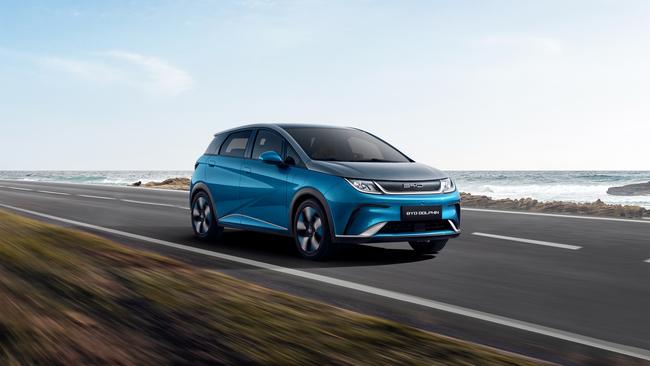
Federal Chamber of Automotive Industries chief executive Tony Weber says the newcomers “will open the idea of electric-vehicle ownership to more Australians than ever before”.
While the three trip over each other on price, there are distinct differences.
The GWM Ora promises plenty of space and features, for example, in a design that channels some Mini cheekiness.
The MG4 is channelling driving excitement with sleek styling. It’s proved a huge hit overseas and benefits from its rear-drive architecture, which spices up the driving experience.
Then there’s the Dolphin from BYD, a new-to-Australia brand that is second only to Tesla in outright EV sales. In entry-level guise it’s not very powerful, but it mimics the Ora with a long list of equipment.
If BYD can replicate the success it’s enjoyed with the Atto 3 SUV, the Dolphin hatch could prove a market surprise.
While deliveries are yet to begin, it helps that the Dolphin is – for now – the cheapest EV on the Australian market.


